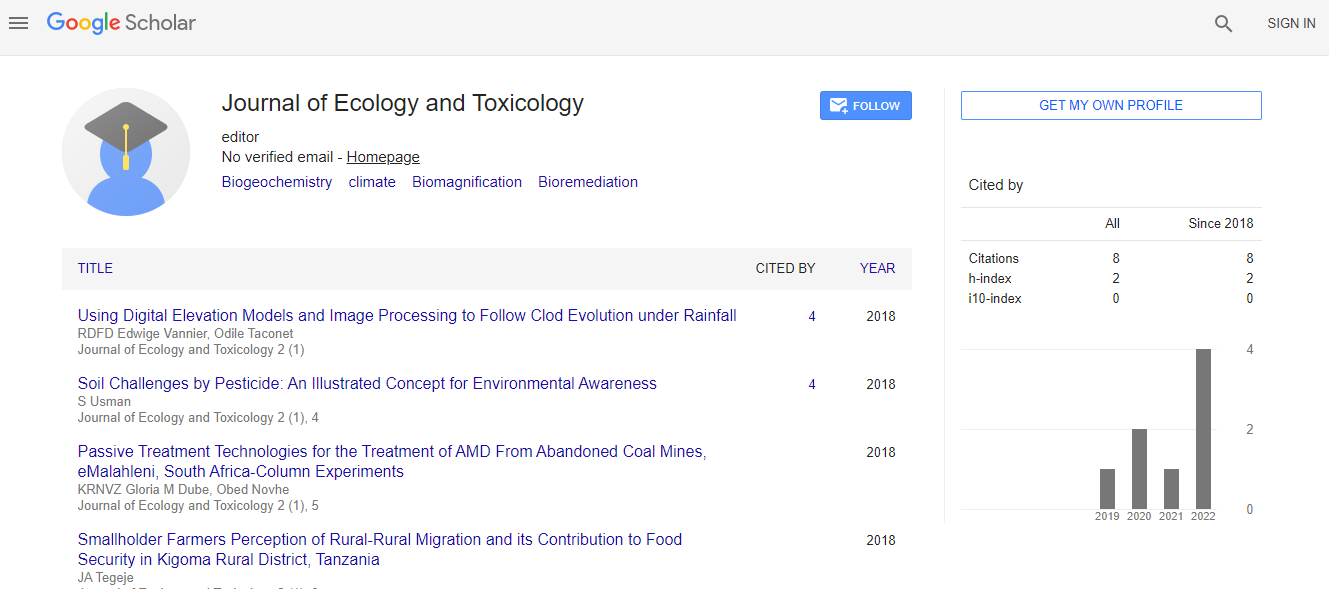Climate change of pollution and its destructive effect on mechanical, physical and tonal qualities of historical albumin photographs prints
*Corresponding Author:
Copyright: © 2021 . This is an open-access article distributed under the terms of the Creative Commons Attribution License, which permits unrestricted use, distribution, and reproduction in any medium, provided the original author and source are credited.
Abstract
This paper presents a study of the result of changing the mechanical and physical properties of Black and White Silver Albumin Photographs Prints due to exposure to air pollution gases. The test material used is black-and-white silver albumin photographic paper. Different properties and characteristics of the prints have then been measured and compared before and after the exposing. Mechanical and physical performance was also investigated. Tensile strength, elongation percentage, and resistance breakout force and tear have been determined. Identify of Change in color characteristics by using Colorimeter. Identify change in functional groups by using FT-IR ATR. Learn about the change in surface morphology and chemical composition of components by using SEM-ADX. The obtained results indicate a certain change in the mechanical ,physical properties of the supporting paper, which may probably increase with time. As a result of slightly influences on Albumin structure units were observed when N2 gas and CS2 gas were applied. Both gases surprisingly decreased the aging processes through decreasing CO2 release from Albumin structural unit.

 Spanish
Spanish  Chinese
Chinese  Russian
Russian  German
German  French
French  Japanese
Japanese  Portuguese
Portuguese  Hindi
Hindi 